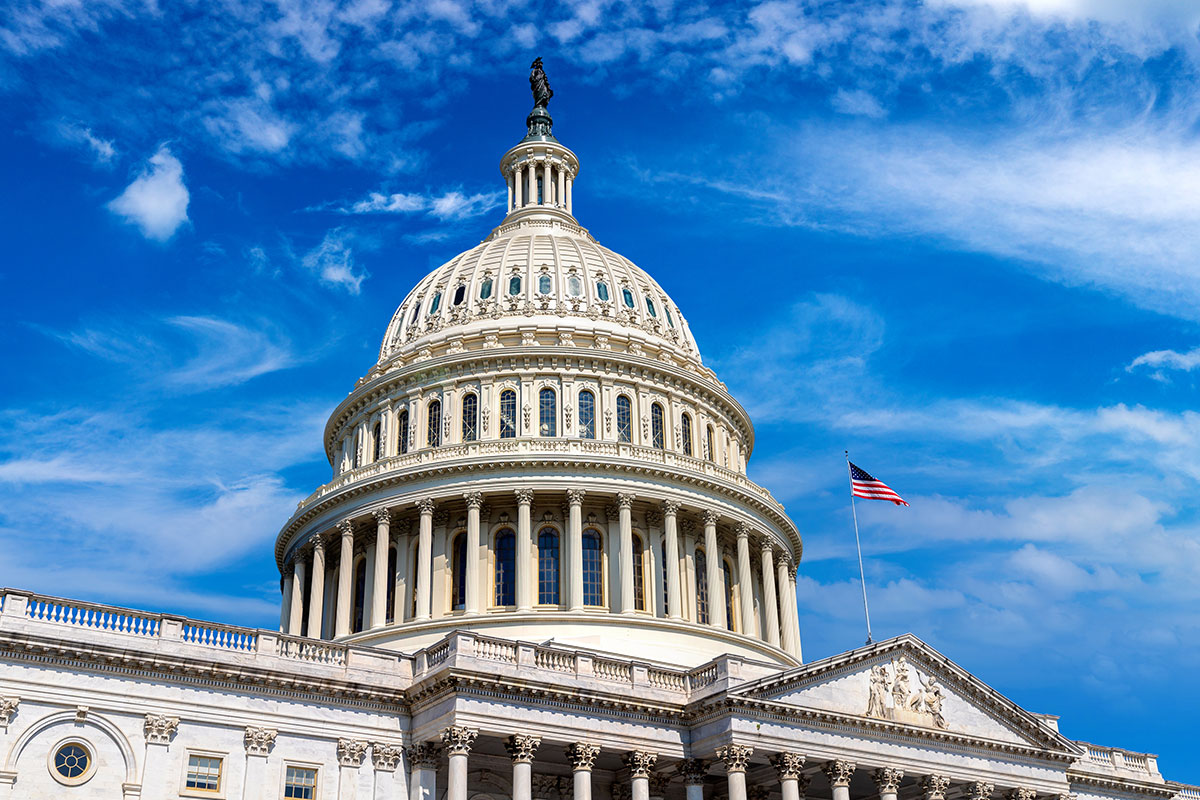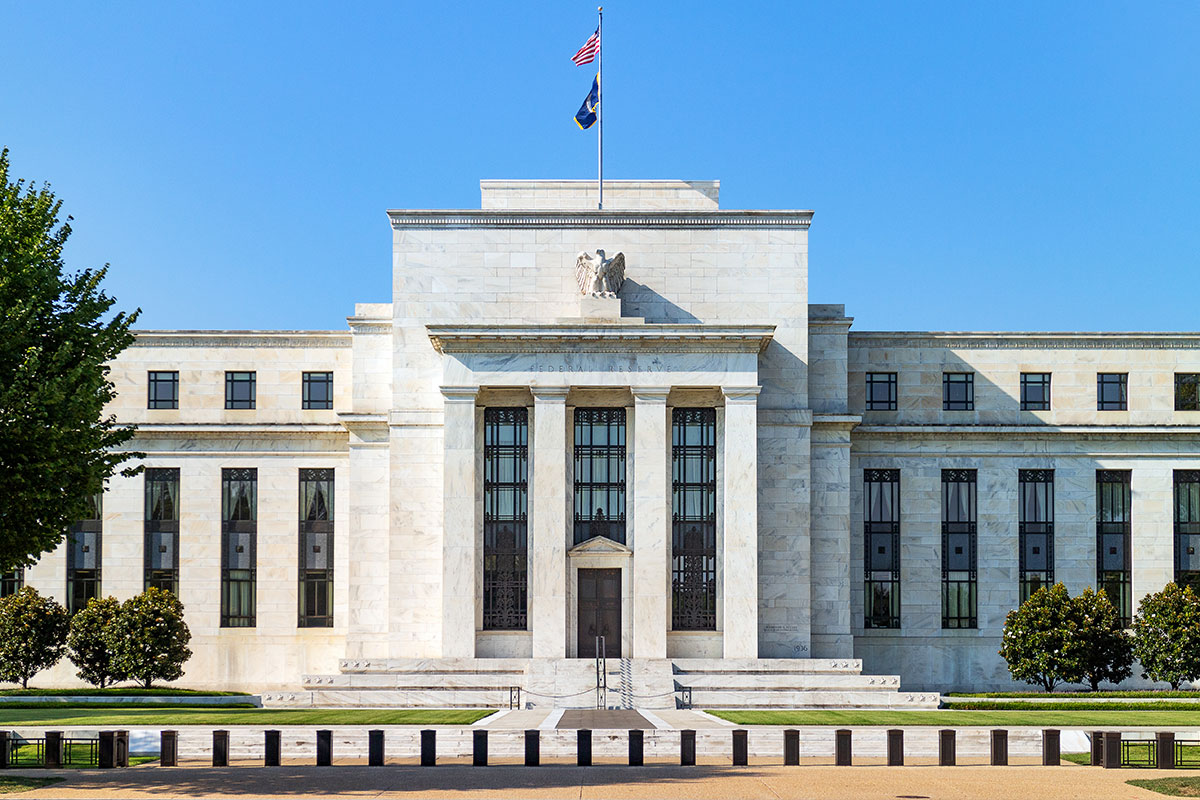An inverted yield curve doesn’t mean a recession is imminent, just as an acorn hitting Chicken Little in the head doesn’t suggest “the sky is falling.” Perhaps a bit more analysis should have been conducted since the sky was, in fact, not falling in Chicken Little’s story.
We recommend more analysis for today’s market knowing recent factors and events may make it seem like our economic “sky” is falling.
Once again, the yield curve (2-year to 10-year) has inverted, perhaps suggesting a looming recession. But it takes more than one acorn to the head to convince us that the sky is falling.
In 2019, the yield curve temporarily inverted, creating a bit of hysteria. After all, an inverted yield curve has been predicted the last seven recessions since 1970 with only one head fake.
And, just as one falling acorn does not ensure the sky is falling, an inverted yield curve alone does not suggest a recession is imminent.
More to the story?
The inversion of the yield curve, 2-year rate versus 10-year rate, leads to a predicable outcry of, “a recession is coming.” Not so fast — we like to see confirmation from other recession indicators before we jump on the bandwagon.
There are numerous factors that we consider, which are all telling us that we are not on the cusp of economic contraction; however, the risk of a recession in 2023 is increasing:
Past inversions
In past cycles, the 2-10 year slope can invert up to 22 months prior to a recession. This was the case prior to the Great Recession.
The 3-month slope
The 3-month versus 10-year slope, a recession indicator used in the New York Fed’s recession-probability model, and a component in the Leading Economic Indicators index, has not inverted. In fact, it has continued to steepen as the 2-10 year slope inverted.
Qualitative easing and tightening
The 10-year Treasury yield could be distorted by quantitative easing (QE). The Fed’s massive bond buying program was designed to lower the yield on the 10-year Treasury.
Now that quantitative tightening (QT) has started, we think the 10-year Treasury yield will continue to rise, pushing yield curve slopes higher. If QE buying pushed 10-year Treasury yields lower, then QT selling presents a risk that interest rates will shift higher.
Real yields and rates
Real yields across the spectrum are too low. Given the lofty level of inflation, real yields (current yields, minus the inflation rate) are deep into negative territory. The real yield for Fed Funds (overnight rates) is currently at -5.0%. This is regarded as extremely stimulative – bolstering robust economic activity.
Until rates have risen substantially and inflation has tapered off meaningfully, it will remain highly unlikely that the economy would fall into contraction.
The neutral rate
Historically, recessions aren’t triggered until the Fed funds are above the neutral rate. The neutral rate is the point of balance, where short-term rates bring inflation down to reasonable levels, while still allowing the economy to expand. This should be around 2.5% according to the Fed’s recent messaging.
Fed funds currently stand at 0.50%. Until overnight rates move well above the neutral rate, it is highly unlikely that interest rates will be the catalyst to curb economic activity.
Lack of a credit crisis
There are no signs of a credit crisis. The cost of obtaining credit tends to spike in advance of impending recessions. The cost of corporate credit, compared to Treasury rates, is referred to as the credit spread. Credit spreads have widened meaningfully before nearly all recessions in the U.S. Credit spreads widened early in the year – but then moved sharply back down in recent weeks. The earlier move appears to be head fake.
Today, credit spreads are still sitting near all-time lows – no sign of impending recession.
Strong labor market
The labor market is exceptionally strong. The U.S. Labor market is as strong as it has ever been. Unemployment is approaching all-time lows (3.6%), and there are more job openings in the U.S. than at any other point in history.
In the first quarter, the economy created 560,000 jobs per month, matching the 2021 monthly average. Consequently, wage growth is robust, which drives consumption. Current labor market trends support an optimistic outlook for economy for the foreseeable future.
Economic strength metrics
The Composite of Leading Economic Indicators, also referred to as the LEI, is one of the best overall guides for the general direction of the U.S. economy. This index has reliably dropped to a reading of -3.5 prior to all U.S. recessions. It currently sits at 4.3, indicating a strong economic footing.
Economic challenges, but not contraction
A proper view of a broader basket of indicators seems to paint a relatively clear picture — the U.S. economy is not on the cusp of an economic contraction – at least not in 2022.
In aggregate, our preferred data set points to reasonable economic expansion well into 2023. The Fed has a strong challenge before them — seeking to bring inflation down to more reasonable levels without overshooting their “neutral rate” and squashing the economy.
We believe inflation will start to cooperate as 2022 unfolds, allowing the Fed to find the proper balance with its policy adjustments. If inflation proves to be sticky – pushing the Fed into more aggressive moves with rates well above the neutral rate – then we will certainly become more cautious. We think that probability won’t become meaningful until late 2023 or 2024.
For now, Chicken Little will need to stop overreacting to the “single acorn” of the 2-10-year Treasury slope.
Follow UMB‡ on LinkedIn to stay informed of the latest economic trends.





